Introductory Psychology Open Course: Unit 6
Memory
As psychologists shifted away from a focus on observable behavior, one area of research that began to receive more attention was the systematic investigation of memory. Spurred in part by advances in computer technology, researchers began analyzing the cognitive components of human memory and creating models to try to represent how we encode, store, and retrieve information. In addition to this cognitive approach, research on memory also includes attempts to understand the biological structures that play a role in memory, from brain structures like the hippocampus, to the chemical processes that occur between neurons to strengthen their connections and form networks. Finally, research on memory can be applied, focusing on mnemonic techniques and strategies for improving retention and recall.
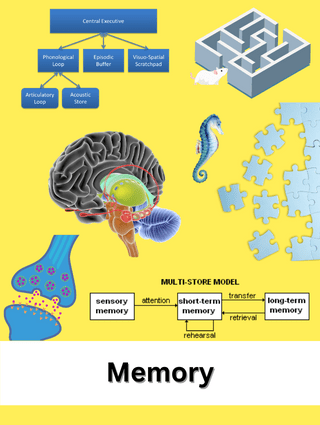
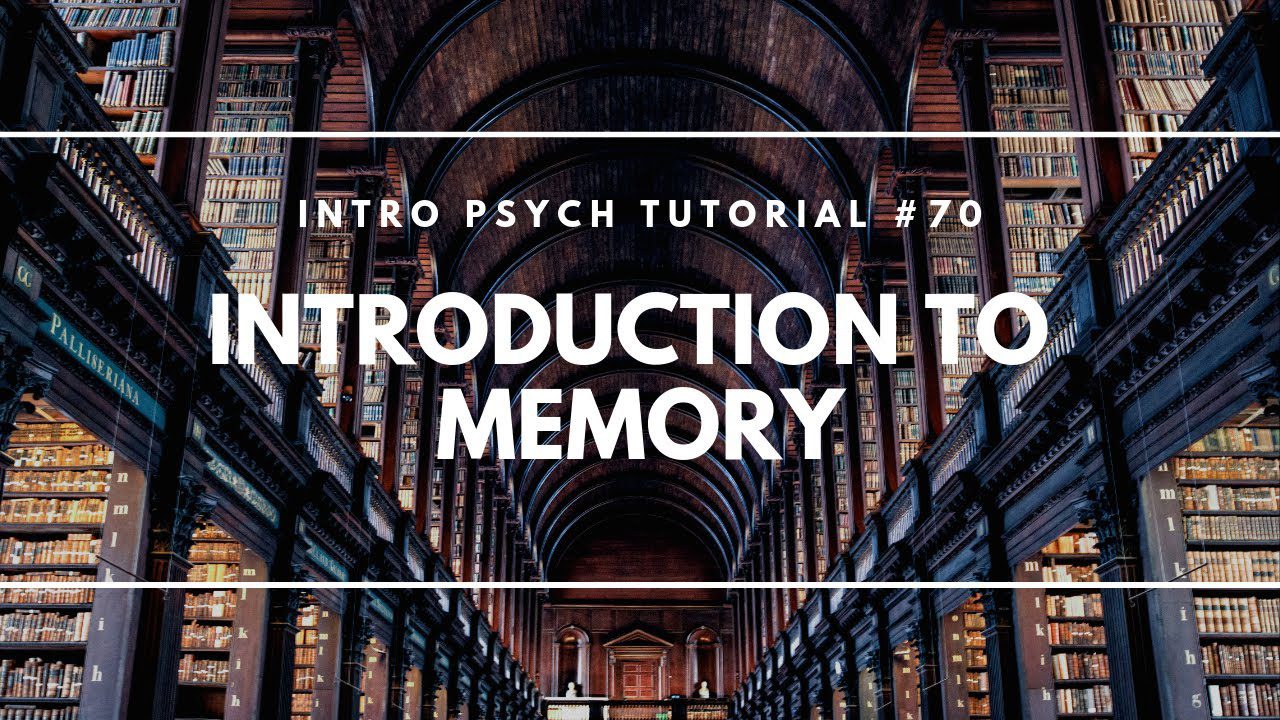
Basic terms for memory & the 3-Box or Multi-Store Model
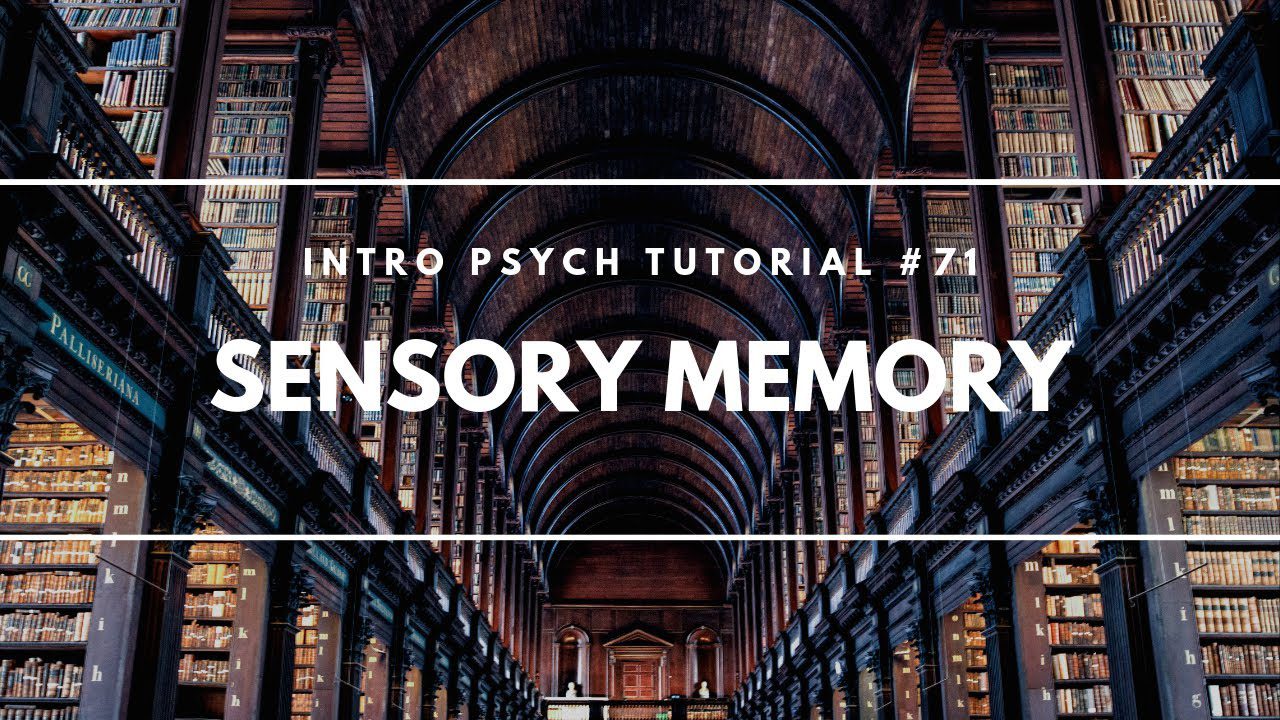
The sensory memory store in the 3-Box Model

Short-term memory and the related Working Memory Model
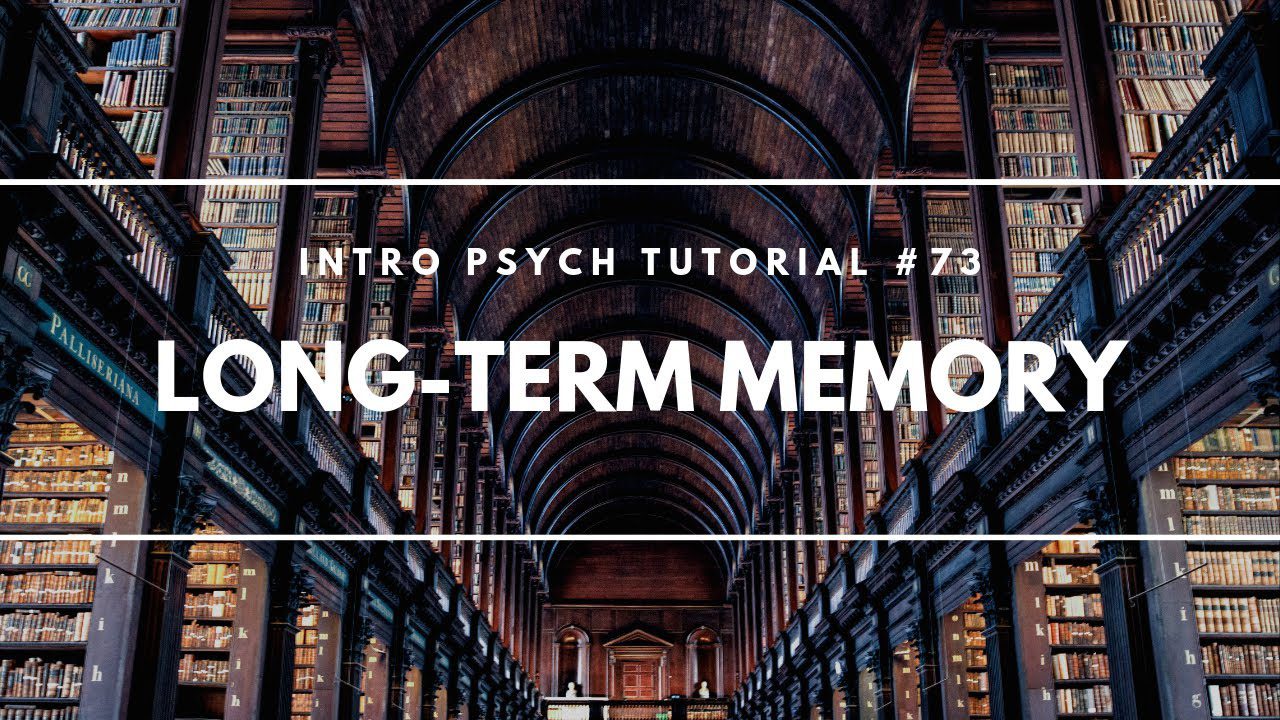
The long-term memory store and different types of memory
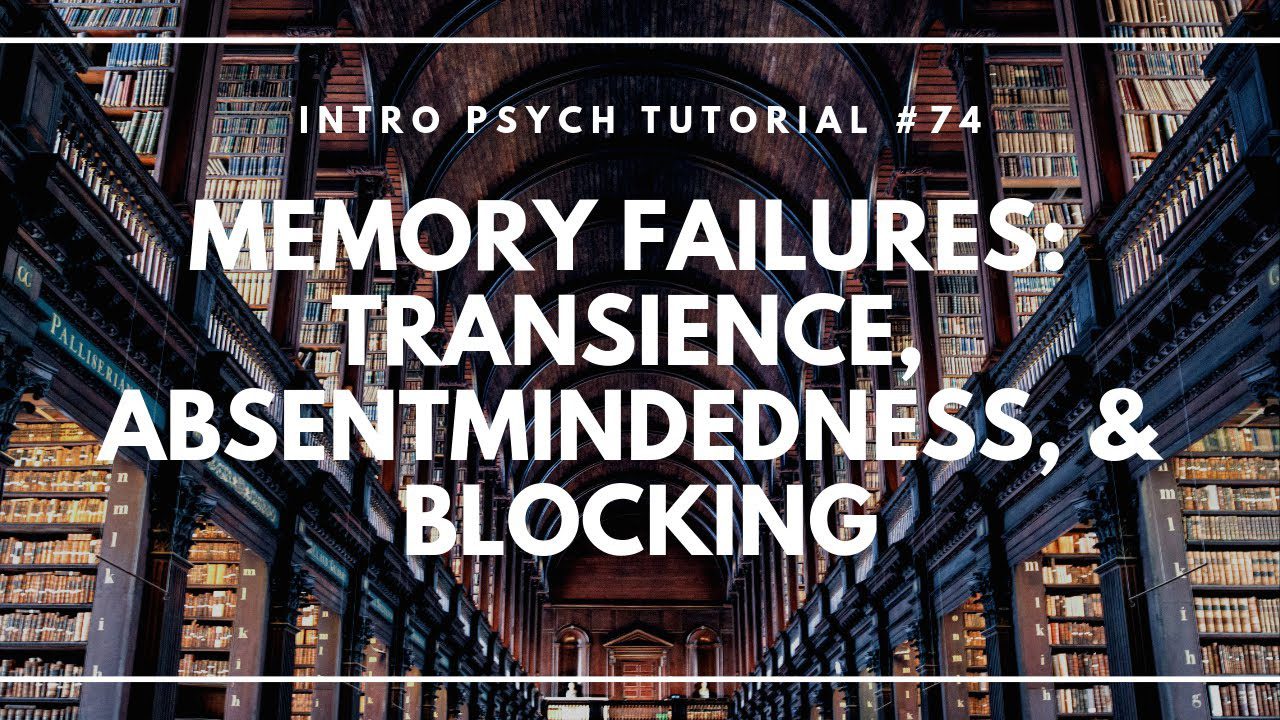
The first 3 of Daniel Schacter's "7 sins" of memory

4 of Schacter's memory sins & research by Elizabeth Loftus
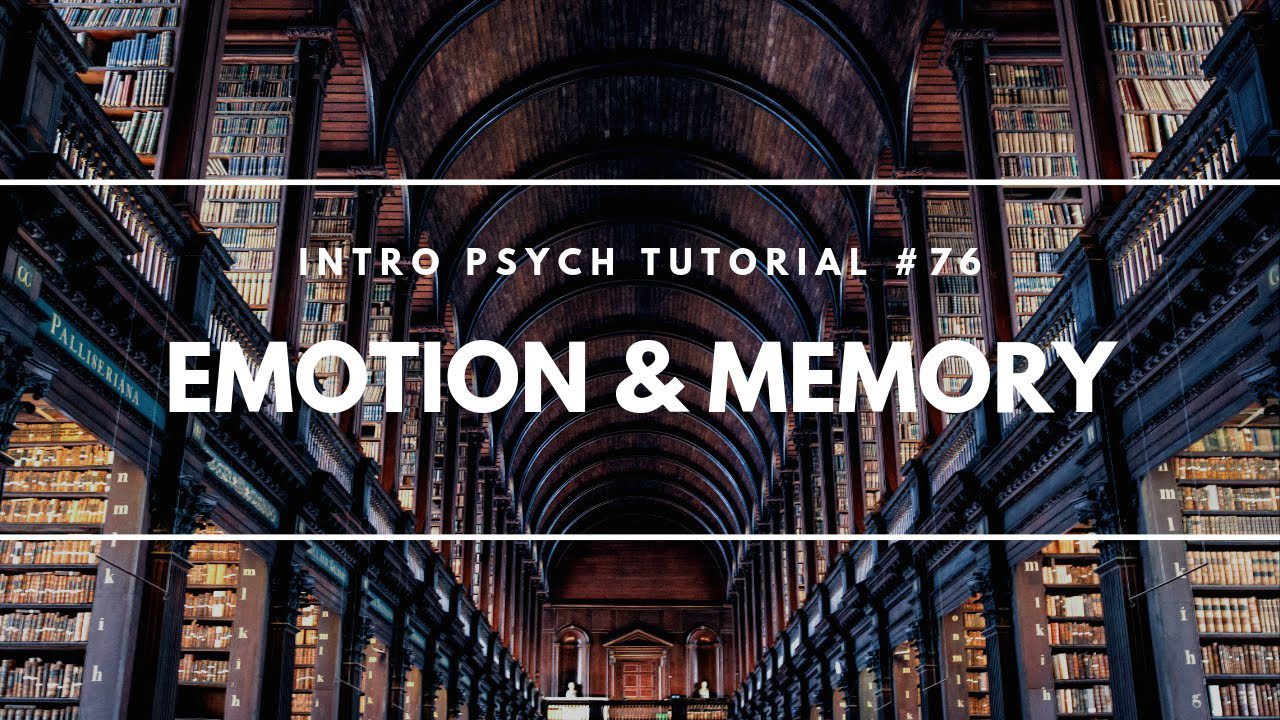
The connection between emotion & memory; flashbulb memory theory
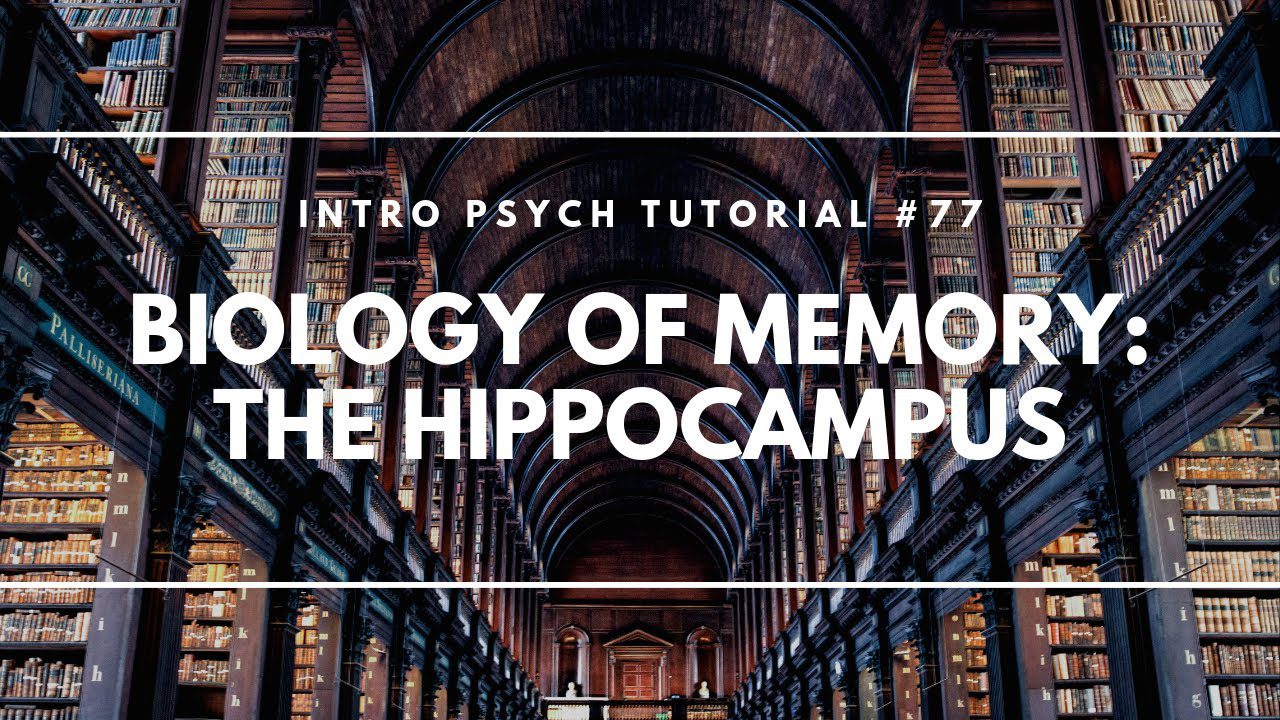
The role of the hippocampus in memory formation & patient H.M.

Chemical changes that occur between neurons in forming memory
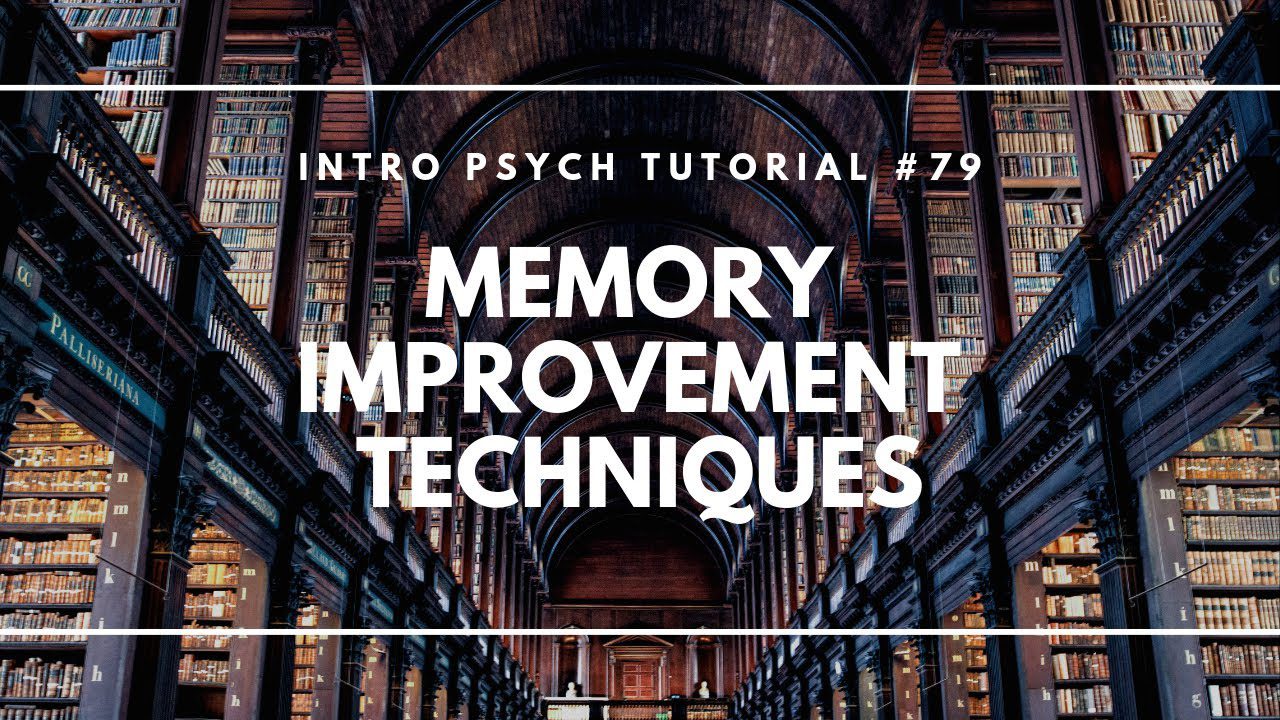
The forgetting curve, serial position effect, & recognition vs. recall
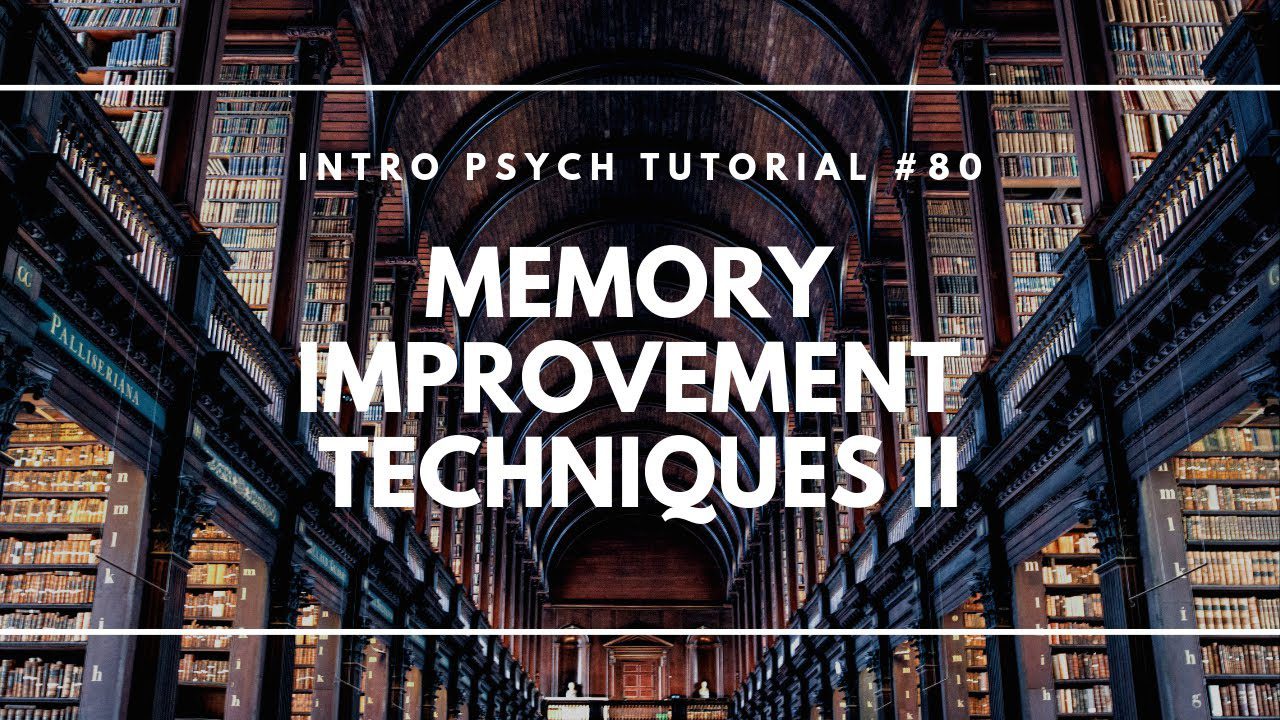
Levels of processing, retrieval cues, & spreading activation

Artificial retrieval cues & the Roman Room or Memory Palace
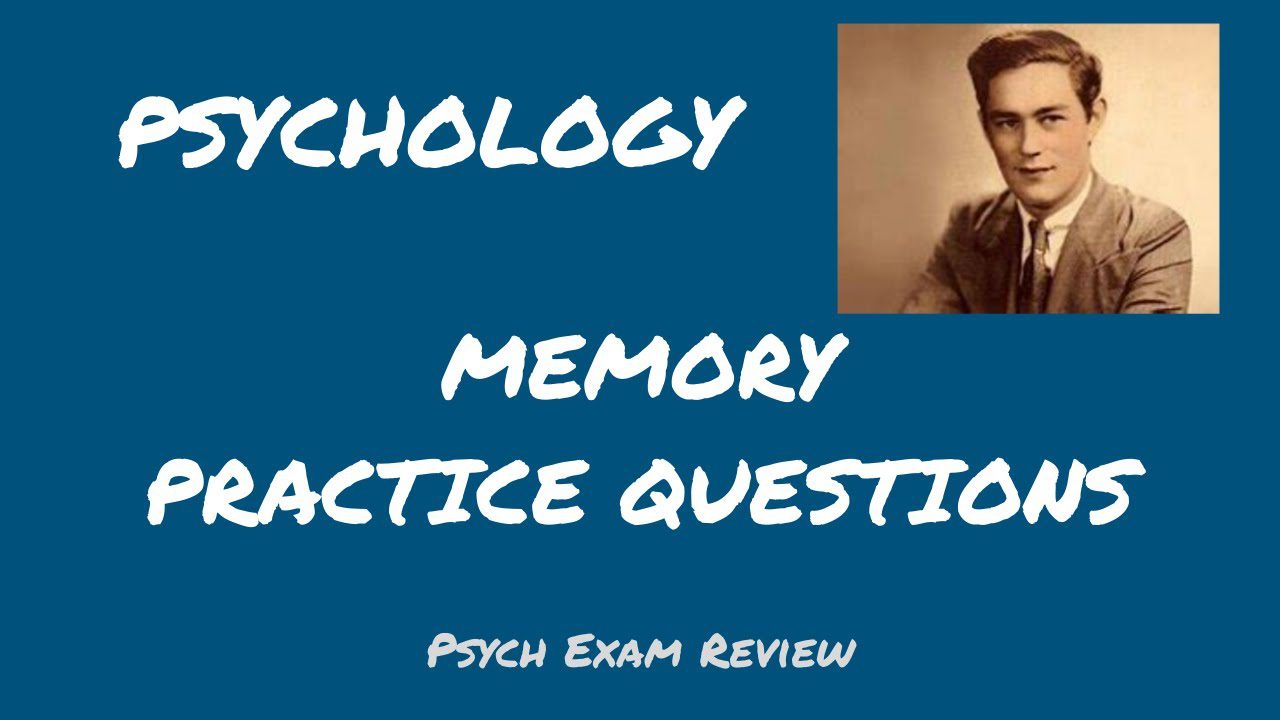
Additional Resources:
